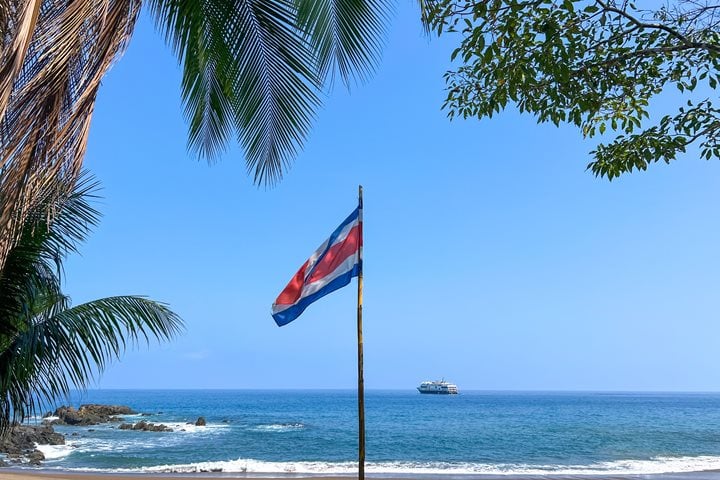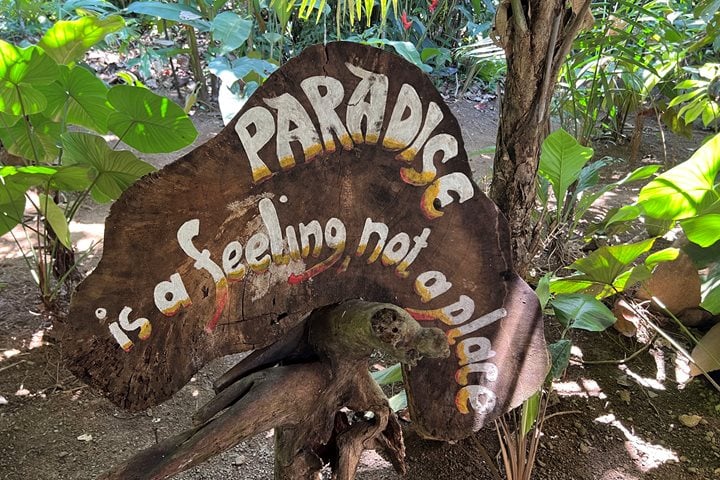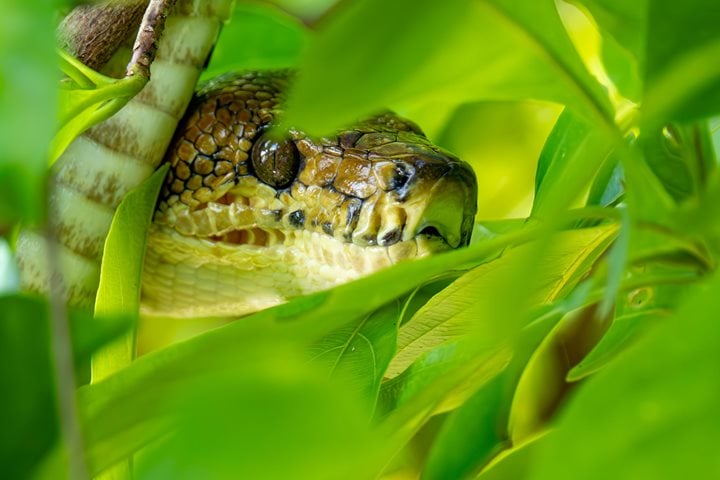After our great days in beautiful Panama, sunrise caught us in a new country, Costa Rica. After clearing customs at Golfito, an old port built for banana exportation during the middle of the 20th century, we stayed at the Golfo Dulce for the day.
Known as one of four tropical fjords in the world, due to its similar geomorphology, its depth from the internal side and shallow exit towards the Pacific, does not allow major exchange between oceanic waters and gulf waters.
However, the gulf is actually an area of rectangular shape reaching extraordinary depths of up to 215 meters (almost 700 ft.) in the most internal part and 70 meters (230 ft.) in the outer part. It has been carved by the interaction of tectonic plate action and local faults that play a structural control and determines the morphology of the area.
We spent the morning at Casa Orquídeas, a magnificent botanical garden that offers the opportunity to walk its trails discovering colorful flowers, ornamental and medicinal plants, as well as large trees, and opens a story book for nature lovers. We shared the knowledge about not only flora but also amazing birds as we walked around.
We were welcomed by the graceful scarlet macaws, and later on, the Cherrie’s tanager, yellow-crowned euphonias, flycatchers and the chestnut-mandibled toucan, but just before our departure, the unique fiery-billed aracari showed up and gave us a breathtaking display. This toucan is a species found in the central and southern Pacific region of Costa Rica and it is an example of divergency of species since it shares the same ancestor of the Caribbean side specie, the collared aracari. All these wildlife observations were a beautiful way to end our visit to Casa Orquídeas. The conditions were ideal to swim from the stern, which our explorers enjoyed and appreciated.
After lunch, I gave a talk on the history of Costa Rica, an introduction to our country while National Geographic Sea Lion repositioned for our afternoon activity.
We visited Finca Saladero, our way to say goodbye to the calm waters of the Golfo Dulce. Some people decided to go exploring trails and enjoy the rain forest of this diverse part of the world and ended up enjoying more bird watching and observing the nesting habits of the macaws that posed on a deciduous tree by the beach.
We returned to our vessel while the sun was going down and the clouds of rain created a frame for our farewell to Golfo Dulce.









